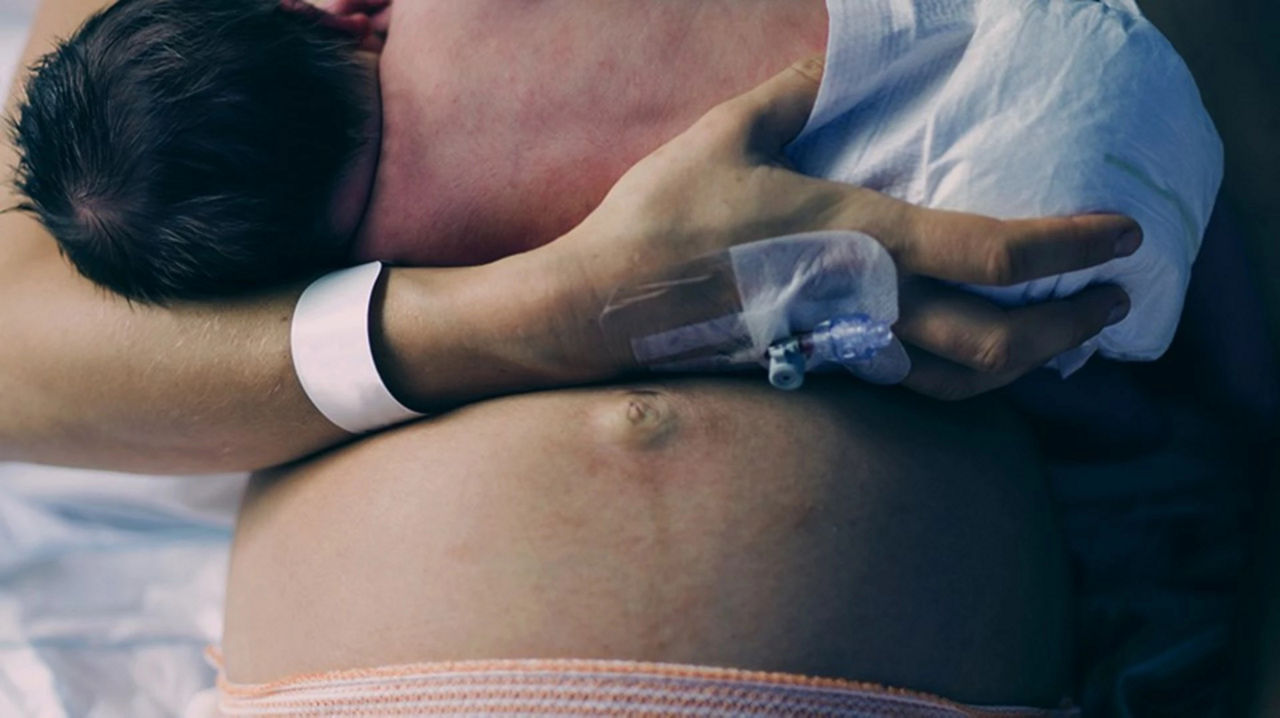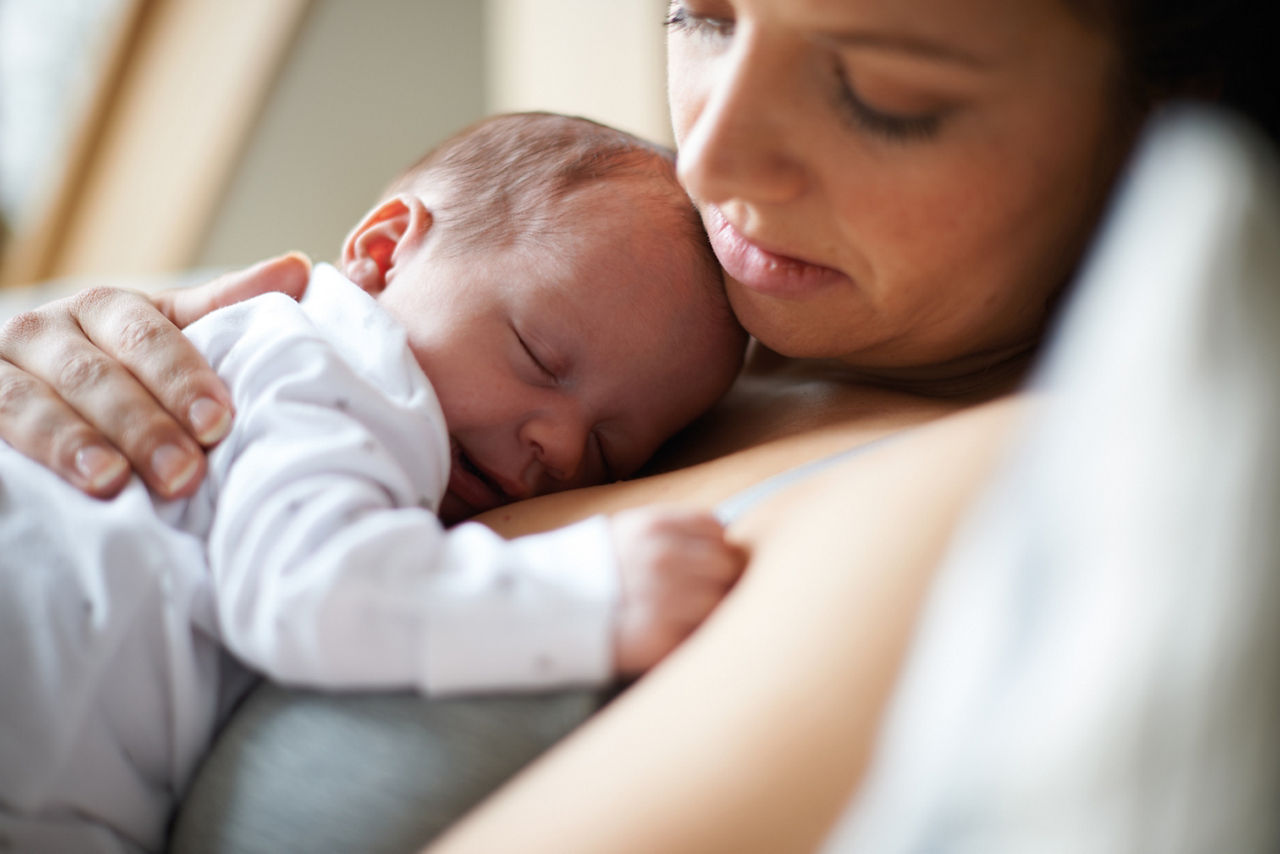The procedure may vary slightly from hospital to hospital, but here is a general guide as to what will happen.1,4
- You’ll often be given an antacid to neutralise the acid in your stomach, and antibiotics to prevent infection
- An intravenous drip will be set up to monitor your fluid levels and give you extra pain relief if you need it
- You will have a local anaesthetic (an epidural or spinal block), and a catheter to empty your bladder
- A screen will be set up across your stomach, so you will not be able to see the operation
- Some of your pubic hair will be shaved to clear the area for the incision
- Once the anaesthetic takes effect, the doctor will make an incision allowing them to deliver your baby
The delivery is over very quickly and all you should feel is a little pressure and pulling.
Unless you need a general anaesthetic or it’s an emergency, your birth partner can usually stay with you from start to finish.







